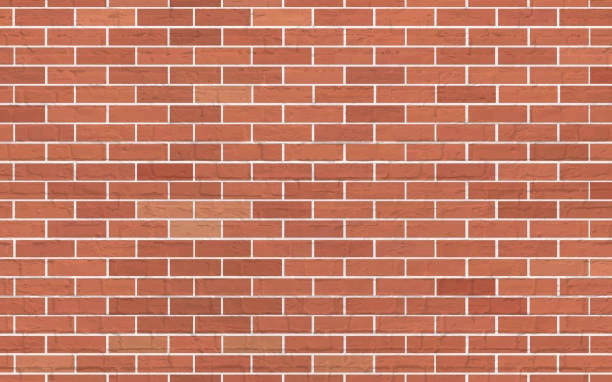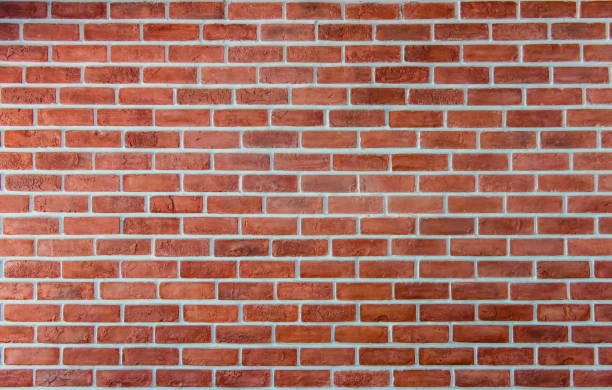Exploring Methods for Maintaining and Restoring Historic Structures
The preservation of historic buildings requires careful attention to detail. One crucial method in maintaining these structures is tuckpointing. This process involves repairing mortar joints between bricks or stones, which can deteriorate over time due to weather conditions and age. The goal is to preserve both the structural integrity and aesthetic appeal of historic buildings. By understanding this process, you help ensure that these architectural treasures stand strong for future generations.

The Importance of Mortar Joint Maintenance
Mortar joints hold bricks together, serving as the backbone of masonry walls. Over time, these joints wear down because of exposure to weather and environmental factors. Without proper maintenance, buildings may suffer from weakened walls that risk collapsing. Regular inspection and maintenance are essential to preserving their strength and stability.
Methods Involved in the Repair Process
During tuckpointing, professionals carefully remove damaged mortar from joints without affecting surrounding bricks. They then apply new mortar that matches the original color and composition. This step ensures a seamless look, maintaining the building’s original charm. By blending old with new materials, tuckpointing not only reinforces structure but also enhances visual appeal.

Common Challenges Facing Historic Buildings
Historic buildings encounter unique challenges such as material degradation, moisture infiltration, and shifting foundations. These issues require specialized knowledge to address effectively. Traditional repair methods might not suit older structures due to differences in materials used during their construction. Understanding these challenges helps tailor solutions that respect historical accuracy while ensuring long-term durability.
How to Ensure Successful Preservation Efforts
- Conduct regular inspections to identify early signs of deterioration.
- Select compatible materials for repairs to maintain authenticity.
- Engage experienced professionals familiar with restoration techniques.
- Use protective sealants to guard against moisture damage.
Benefits of Professional Restoration Services
Partnering with skilled experts offers several advantages when restoring historic sites. First, they provide valuable insights into effective preservation strategies tailored to each building’s specific needs. Additionally, they use high-quality materials that ensure lasting results. Engaging professionals means peace of mind knowing your cherished landmarks receive the care they deserve.
Cost Considerations for Restoration Projects
The cost of restoring historic buildings varies depending on several factors, including extent of damage and materials required. While initial expenses may seem significant, investing in thorough restoration prevents costly repairs later. Moreover, restored buildings often increase in value, offering a worthwhile return on investment by attracting tourism and enhancing community pride.
Final Recommendations for Preserving Heritage Sites
Tackling the challenges of maintaining historic buildings requires a thoughtful approach. Incorporate regular maintenance routines, choose appropriate materials, and engage trusted professionals. By doing so, communities protect their cultural heritage while ensuring the longevity of these treasured landmarks. For expert guidance on restoration efforts, contact LH Masonry Contractor at (336) 762-3193. With our headquarters located in Thomasville, NC, we specialize in providing top-tier restoration services tailored to your needs.